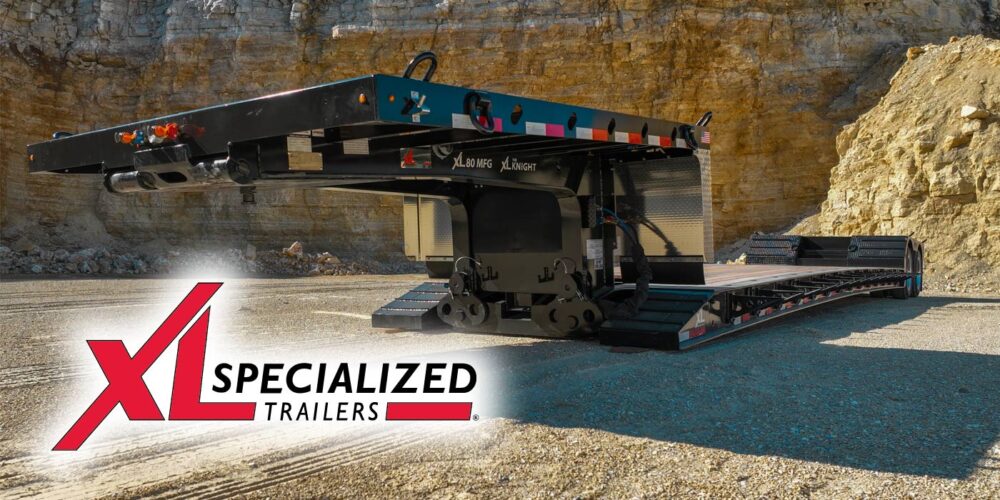Roads are slick, the ice is black and defensive driving is a must. On a personal note, I spent three hours on a snowy Saturday morning driving down a stretch of I-71 South in Ohio for what should have been a 45-minute trip. The snow was coming down fast and furious, and the number of damaged vehicles on the side of the road or spun out in a ditch, including heavy-duty Class 8 trucks, was stomach churning. It was a white-knuckle drive the entire time.
And winter isn’t over yet.
Spec’ing safety equipment goes a long way in helping to safeguard your drivers and your equipment, but nothing beats driver training and stressing the importance of staying on the driving defense. Greg Becker, risk control senior transportation specialist, Travelers, took a moment to field questions how the best commercial driver winter weather safety tips. Here’s what he had to say.
Fleet Equipment (FE): How can drivers prepare for and stay safe during the winter months?
Becker: The best advice is to plan and know what to expect before, during and even after your trip. Get the latest weather reports to stay informed about adverse weather conditions so you can plan your trip to allow for unexpected delays. In the case of severe weather, consider changing your route to avoid the worst weather or postponing your trip until conditions improve.
FE: What are some common hazards drivers face with winter weather?
Becker: The most common hazards during the winter months are rain, freezing rain, snow, ice, fog and wind, and each presents its own unique driving risks. Rain is the most common adverse weather condition, and dangers include slippery roads, wet brakes, reduced visibility and traffic congestion. Snow, ice and freezing rain require much slower speeds, greater following distances and constant hazard perception skills. Fog and wind round out the list of hazards, and both can be the least predictable and typically catch many motorists by surprise. Stay tuned in to the latest weather advisories and warnings to avoid these often unexpected perils.
FE: What steps can companies take to help ensure the safety of their drivers?
Becker: Planning is still the best advice here. Work with your customers or vendors to allow for driver flexibility if needed due to inclement weather. Ensure maintenance is up to date on all trucks and trailers and offer emergency supplies, parts and contingency plans for your drivers, especially throughout the winter weather season. Finally, plan to avoid distractions. Distracted driving is a growing concern for businesses and can be a real danger. Cellphone use, both handheld and hands-free, should be for emergencies only.
FE: What is something that truck drivers may not be thinking about that could put them at risk during the winter months?
Becker: After making sure your vehicle is ready, preparing yourself for the trip is sometimes overlooked. Adverse weather often leads to longer travel times, traffic congestion and difficulty finding places to park, eat and rest. Be sure to get plenty of sleep prior to departure and pack healthy snacks, water, batteries and things to pass the time if needed. Being able to stay warm inside and outside the vehicle is also critical, so pack proper clothing and footwear.
FE: Are there any new technologies available that may help truck drivers stay safe during the winter months?
Becker: New technologies for vehicles are constantly evolving, and new generations of active collision avoidance systems are helping to make the roads safer. This includes forward collision, lane departure, stability control and anti-rollover technologies. One of the biggest technological advancements is in telematics. Going beyond simple GPS, these systems offer critical event monitoring to identify risky driving habits. When dashcam video is used, safety managers can offer precise guidance to keep the risky habit from happening again. Dashcam use is growing and is an excellent risk management tool.














